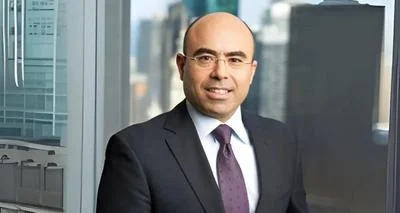Dr. Tony Sanders State Superintendent of Education | Official website
Dr. Tony Sanders State Superintendent of Education | Official website
The Illinois State Board of Education (ISBE) has released data detailing the impact of a $1.8 billion increase in education funding for the state's highest-need schools under the Pritzker Administration. This increase is part of the Evidence-Based Funding (EBF) formula, which was enacted in fiscal year 2018 to reform Illinois' school funding system. The administration has increased EBF investment from $6.8 billion in FY 2019 to $8.6 billion in FY 2025.
The district-by-district EBF allocations for FY 2025 have been published, showing that every district will receive more funding. The formula considers student needs, enrollment size, and various cost factors.
Governor JB Pritzker stated, "Since the start of my administration, we have increased evidence-based education funding by $1.8 billion, putting more money in our public school system than ever before." He emphasized continued efforts to ensure quality education for all students.
State Superintendent Dr. Tony Sanders praised the transformative impact of Evidence-Based Funding on resource-starved districts: “I applaud the General Assembly for committing to steady and reliable increases in state funding that districts can count on to make critical budgeting decisions." He noted that this commitment has resulted in significant strides toward closing the equity gap in education.
Most increases are directed to high-need districts, reducing underfunded districts significantly since FY 2018 when there were 430 districts below 70% adequacy compared to only 49 districts now.
Investments over eight years have raised the funding floor and increased average adequacy percentages from 67.1% in FY 2018 to 77.1% in FY 2025. Additionally, fully funded districts have grown from 22.7% reaching Tier 3 or 4 status in FY 2018 to 37.3% in FY 2025.
For FY 2025, an additional $350 million has been appropriated for EBF with a hold harmless provision ensuring each district receives at least last year's amount. New funds will be distributed equitably based on need with most going to Tiers 1 and 2 schools below full funding adequacy.
ISBE also released a report summarizing district EBF Spending Plans which detail how funds will be used for English learners, special education students, and low-income students.
More information including each district’s Percentage of Adequacy and Tier is available on ISBE's website along with resources explaining the EBF formula basics.






 Alerts Sign-up
Alerts Sign-up